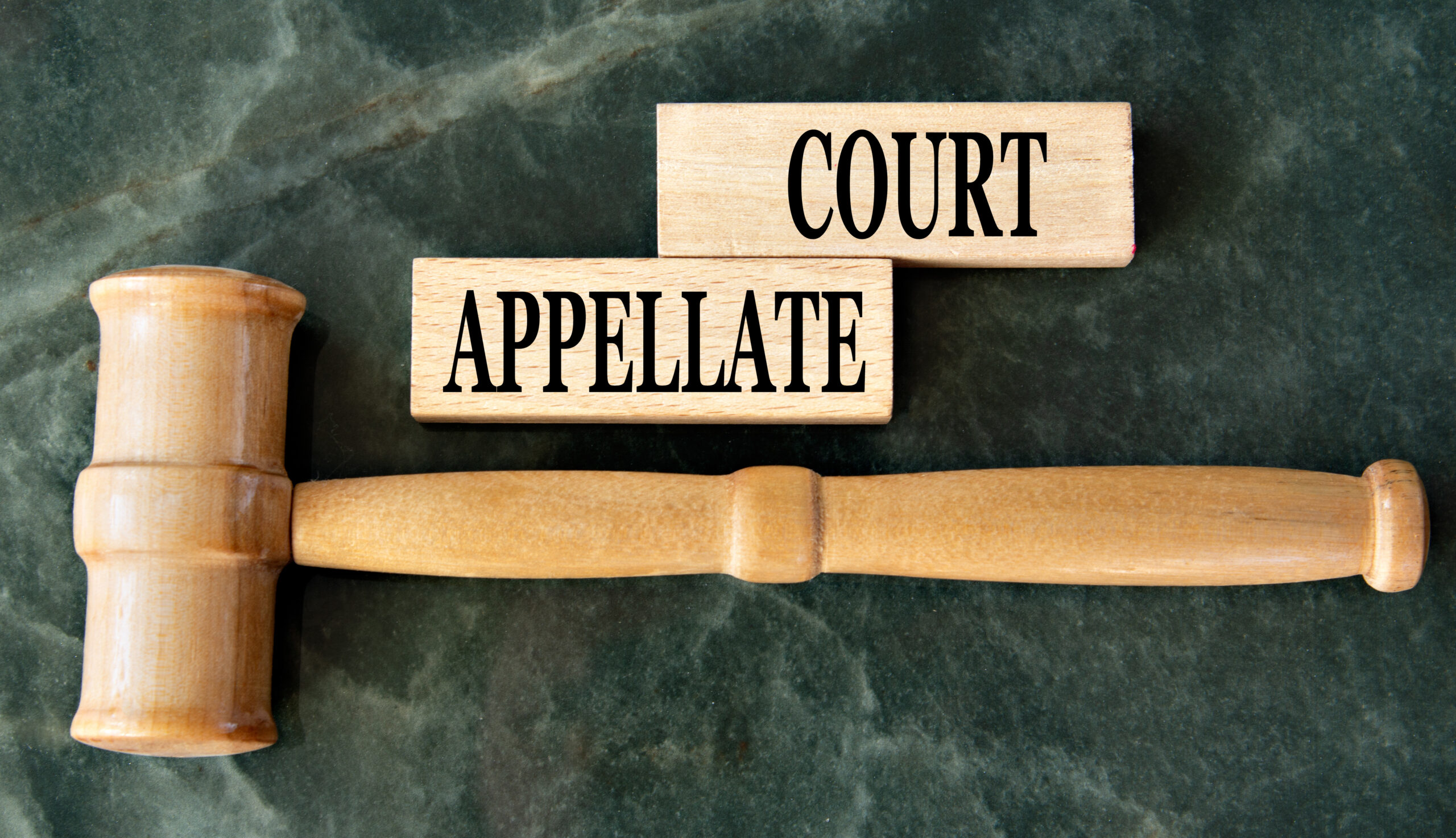The Pennsylvania Supreme Court recently addressed the questions of whether to allow a bankruptcy trustee to substitute in as the plaintiff in a civil action initiated by a bankrupt company, and whether such substitution would “relate back” to the original filing date, notwithstanding the intervening expiration of the statute of limitations.
Morrison Informatics Inc. filed a bankruptcy petition under Chapter 7 of the bankruptcy Code September 2009. A Trustee was subsequently appointed. In May 2011, the Company and its two shareholders filed suit against Members 1st Federal Credit Union and others. The Defendants moved dismiss the complaint on the basis that the Plaintiffs lacked standing to sue by virtue of the fact that upon the bankruptcy filing all property of the debtor company became “property of the estate,” and thus subject to the Trustee’s exclusive control.
In response, the Trustee and the plaintiffs filed an amended complaint and a motion to substitute the Trustee in as the plaintiff. The defendants responded that the original complaint was a nullity because the trustee had not been named as a plaintiff although the claim had become “property of the estate” subject to the Trustee’s exclusive control; and that the “new” action seeking to add the Trustee as a party was now barred by the passage of the applicable two-year statute of limitations.
The Court of Common Pleas agreed with the defendants, concluding that the original action was void ab initio and that the Trustee’s belated joinder in the action was time-barred. On appeal, the Superior Court reasoned that the Trustee was the “real party in interest,” and as such did not view the proposed amendment as adding a new party. In noting that leave to amend is freely granted, the Superior Court reversed the Court of Common Pleas and allowed the substitution of the Trustee as the real party in interest. The Superior Court also found that the action was not barred by the statute of limitations, because the plaintiff company did not cease to exist, but rather its rights transferred to the Trustee.
The Pennsylvania Supreme Court on appeal reviewed both the disposition by the trial court and that of the intermediate court. The Court affirmed the Superior Court’s holding permitting the amendment and allowing the substitution of the Trustee to related back to the date of the original filing. The Supreme Court observed that permitting the amendment was consistent with the liberal policy reflected by the applicable Rules of Civil Procedure. The Court also found good cause to allow the relation-back approach because federal bankruptcy permits a Trustee to “stand in the shoes” of the debtor. In addition, the Court noted that vindication of creditor interests is a primary theme in those cases adopting the relation-back approach.
While the relation-back theory was in tension with a number of other prior decisions of the Court, the Court distinguished those case on their facts and based on the policies at issue. The Court did not focus on whether the plaintiff company continued to exist upon appointment of the Trustee, instead considering whether the interests of the Trustee derived from the those of a debtor in bankruptcy. In this case, the Court noted that the interests of the Trustee were derivative of the of those of the debtor, and that the defendants would not be exposed to any claims not asserted by the original plaintiffs in the first instance.
Thus, the Court concluded that a relation-back in favor of a bankruptcy trustee is appropriate where the trustee has acted in a reasonably diligent fashion and there is no demonstrable prejudice to defendants. The Court’s ruling in Morrison Informatics, Inc. v. Members 1st Federal Credit Union will permit bankruptcy trustees to participate in litigation for the benefit of creditors and will thus protect the bankruptcy estate’s interests in such claims. Whether the relation-back approach will apply in other situations where a plaintiff is no longer the real party in interest remains to be seen; however the Court’s ruling provides an opportunity for the continuation of such claims by a personal representative or other real party in interest, preserving the ability to pursue the underlying claim.









